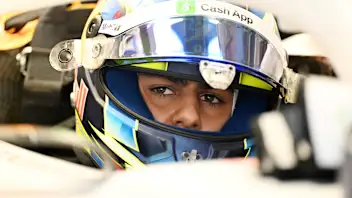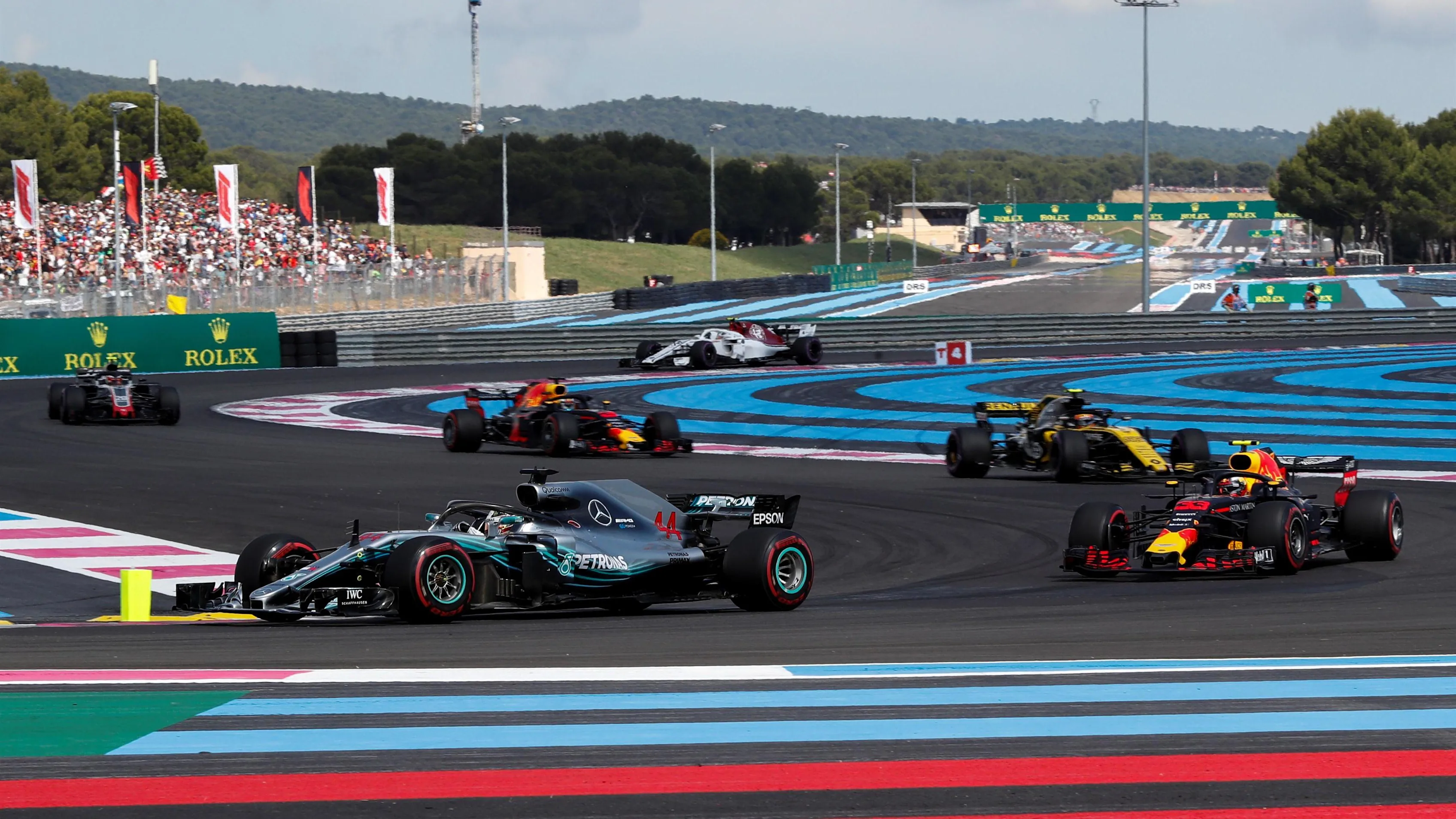
After the hop to Canada, it’s a return to the European season and the start of the first back-to-back races of the year with the French Grand Prix. Here's why we love going racing at Paul Ricard…
1. It’s in the south of France
Seriously, what’s not to love? Formula 1 racing on the French Riviera – it’s just such a good mix. Okay, this reason is only really relevant if you’re heading to the race yourself, but as far as locations to visit a Grand Prix go, it’s a pretty good one.
With almost guaranteed good weather – the forecast suggests we’re in for a hot one this weekend – there is stunning coastline and beautiful towns and villages within easy reach of the track, and this area of France is known for its excellent food and even better wine.
There’s a reason so many Europeans, and even the French themselves, head to the Cote d’Azur for their summer holidays – and when you add a Formula 1 weekend into the bargain, it’s an idyllic place to be.
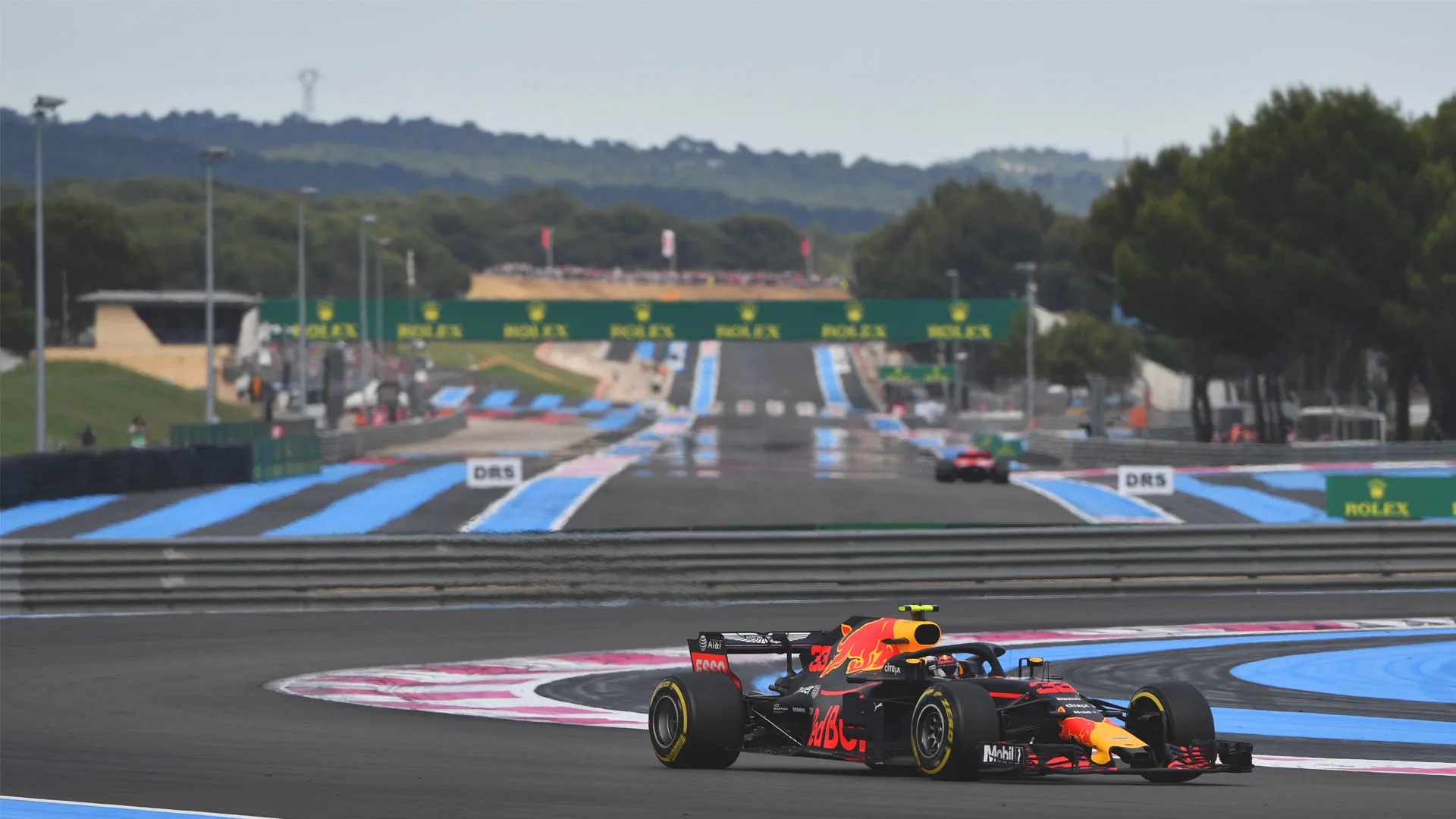
2. Cars getting tested to their performance limits
The Circuit Paul Ricard underwent a major renovation back in the early 2000s and became known for a while as a high performance testing facility, with racing slow to return. Further modifications to the circuit over the coming years restored it to a fitting racing venue, but those testing characteristics still remain.
That means cars are really pushed to their performance limits at Paul Ricard, where drivers will hit a top speed well in excess of 300km/h on the run to the chicane in the middle of the Mistral Straight, and again after that chicane as they approach Signes.
And this is where an F1 car looks really awesome, as drivers don’t brake for the fast right-hander, tipping the car in and pulling nearly 5G laterally as they stay flat-out. It might look like the penalty for making a mistake is low given the large run-off areas, but the asphalt here is designed to slow the cars down and will mean plenty of time is lost if a driver gets out of shape and has to run wide.
3. You can overtake
Just because Paul Ricard is a good testing venue doesn’t mean it’s lacking in overtaking opportunities, either. The return of the French Grand Prix last year showed overtaking is possible in two key areas, and there could be even more this year.
Turn 1 is an obvious option at the start, with a solid braking zone after the pit straight allowing drivers to go wheel-to-wheel. As the left-hander is immediately followed by a right, there’s also still the possibility for the defending driver to hang on around the outside to retain the inside line for Turn 2.
WATCH: Re-live last year's French Grand Prix
It’s a similar story further round the lap, where the Mistral Straight – and the fact that drivers are flat-out through Turn 7 before they join it – allows for slipstreaming and DRS to try and make a move. Again, the next braking zone is into a left-right complex that would allow a driver to defend, and then another straight follows where the tow effect remains important.
The changes made to the aerodynamics this year should also help drivers stay closer to each other in the quicker corners, so Turn 3 could become an overtaking opportunity, too.
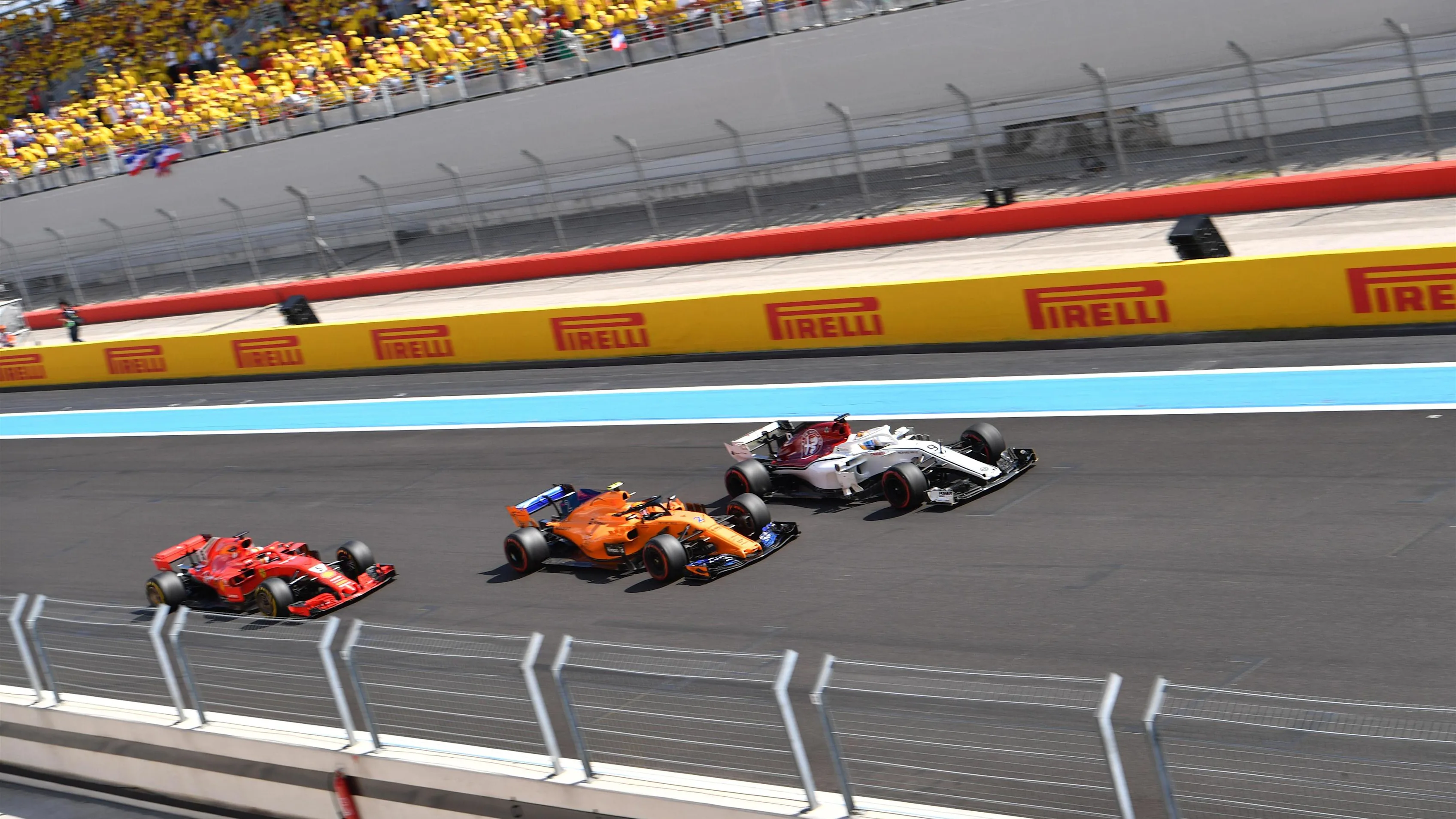
4. Partisan fans
The return of the French Grand Prix in 2018 allowed local fans the first opportunity to support a French team and drivers at home since 2008.
Renault, Pierre Gasly and Romain Grosjean make up the French contingent this season, while Esteban Ocon was also on the grid a year ago and received plenty of backing.
Last year the fans really were out in force, with the main grandstand opposite the pit straight a sea of yellow in recognition of Renault. From a drivers’ point of view, sadly both Gasly and Ocon retired on the opening lap, but the home team were able to celebrate a double-points finish with Carlos Sainz in eighth ahead of Nico Hulkenberg in ninth.
Renault’s hopes will have been raised once again after an even stronger result in Canada last time out – where Daniel Ricciardo was sixth, one place ahead of Hulkenberg – and the team closing in on fourth place in the constructors’ championship. Whatever the result, they’re sure to have plenty of support once again.
5. Gorilla statues
We’ve mentioned our love for classic trophies in this feature in the past, but France last year delivered one of the more unusual designs on the podium. A tricolore gorilla holding up a Pirelli tyre was the reward for race winner Lewis Hamilton, and there was also a link to other items throughout the weekend.
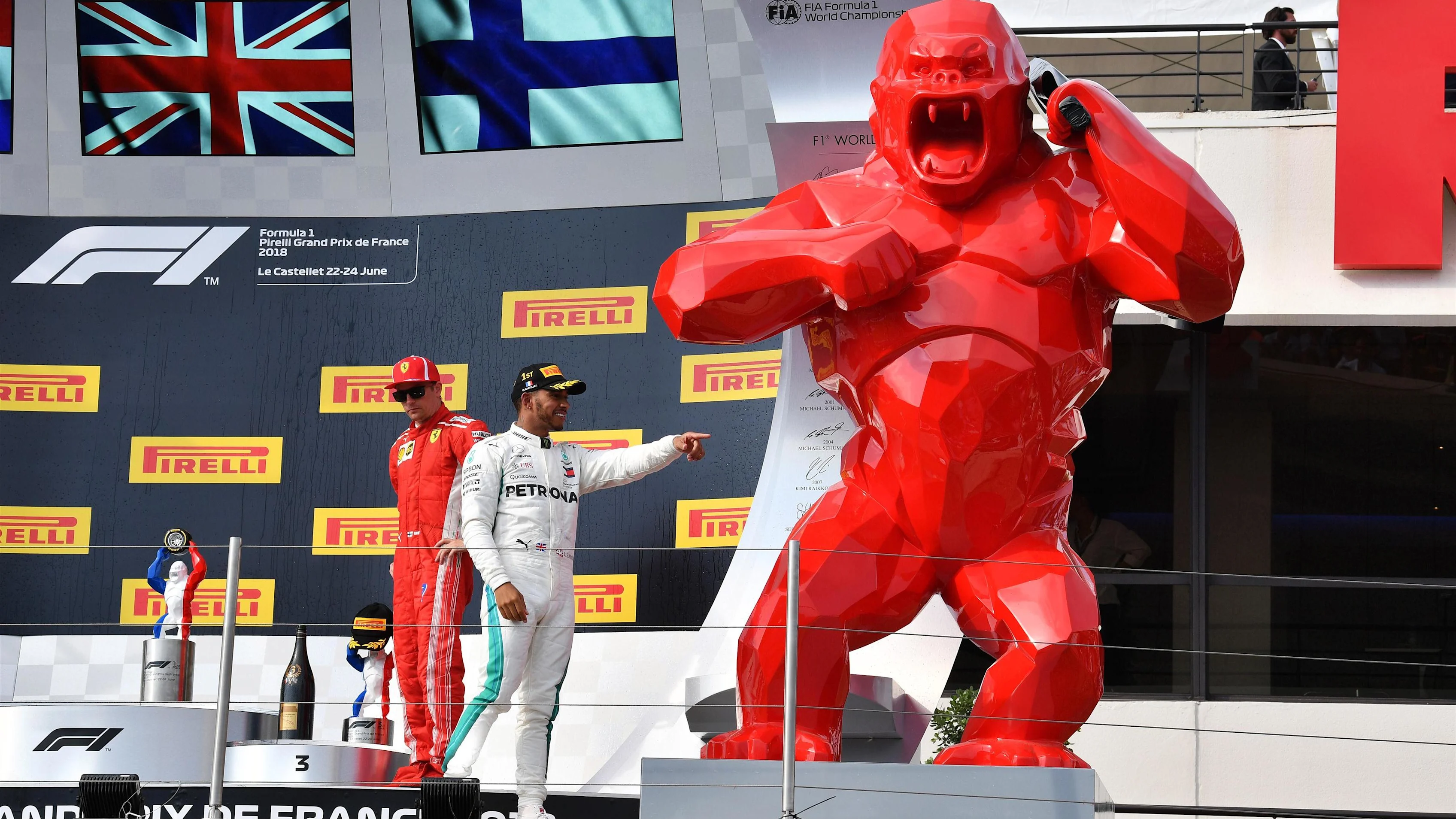
The trophy was designed by French artist and sculptor Richard Orlinski, but his work was not confined to the end of the race. Orlinski’s creations were prominent around the track throughout the race weekend, with sculptures such as the panther, the horse, the bear and the ‘King Kong’ being joined by another piece he describes simply as ‘the pair of jeans’.
It’s a unique way of adding to the visual impact at a race weekend, and one that is set to continue this year. So if you see a bright blue horse rearing trackside, now you know why…
Next Up

.webp)
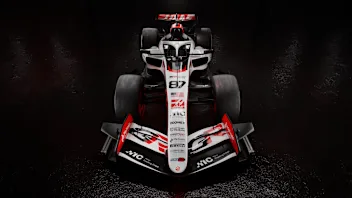
.webp)

.webp)
